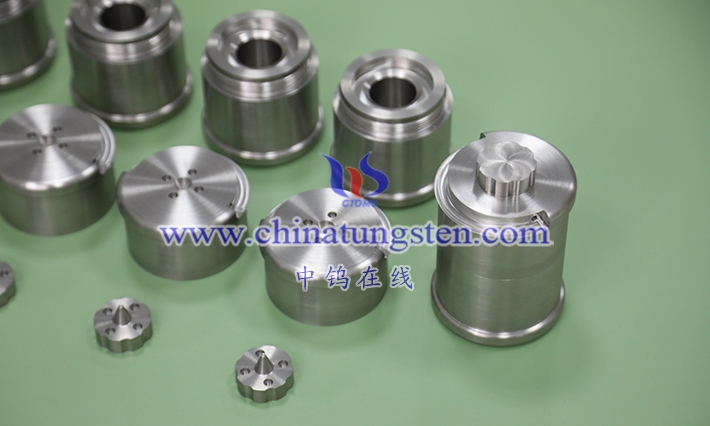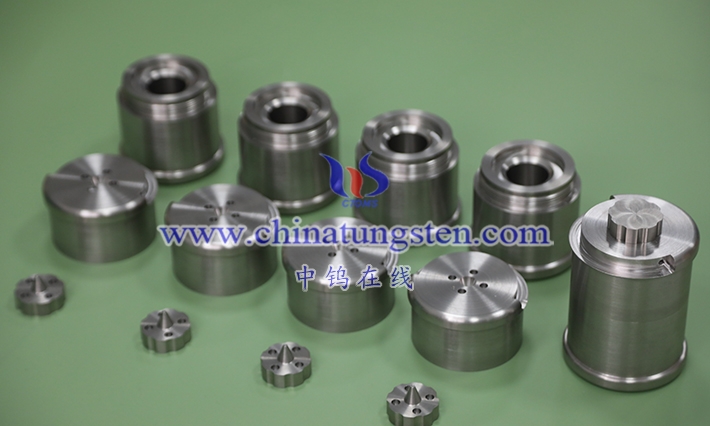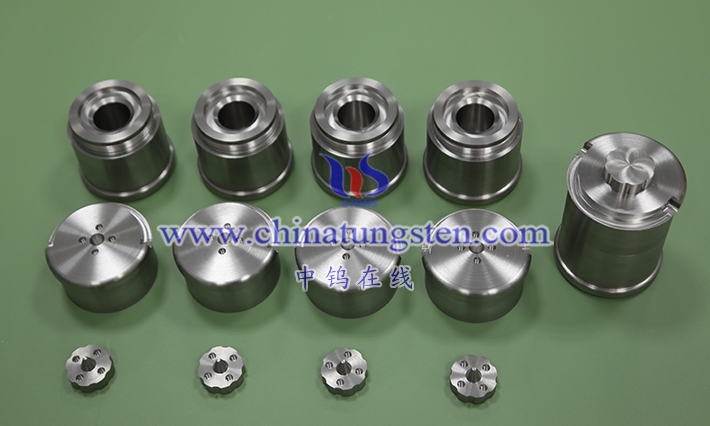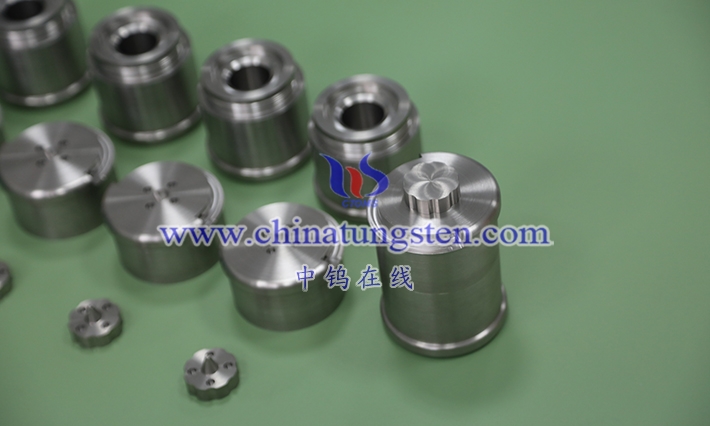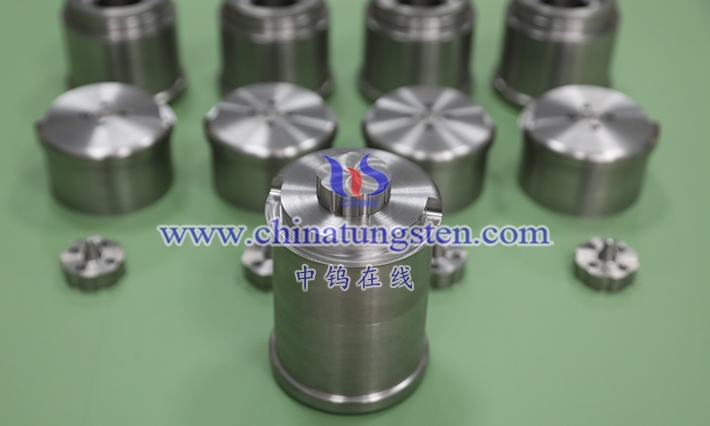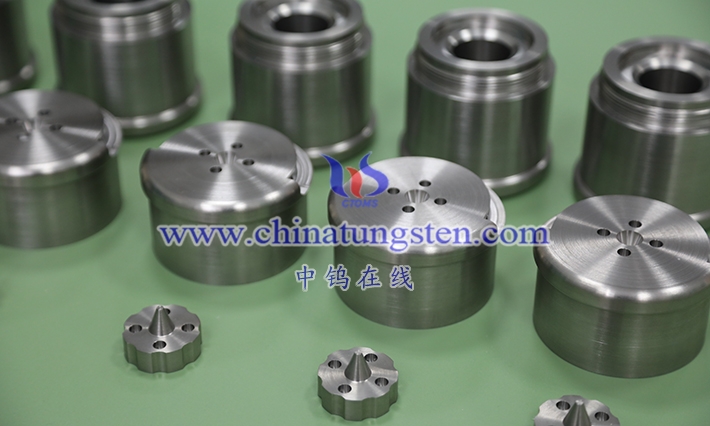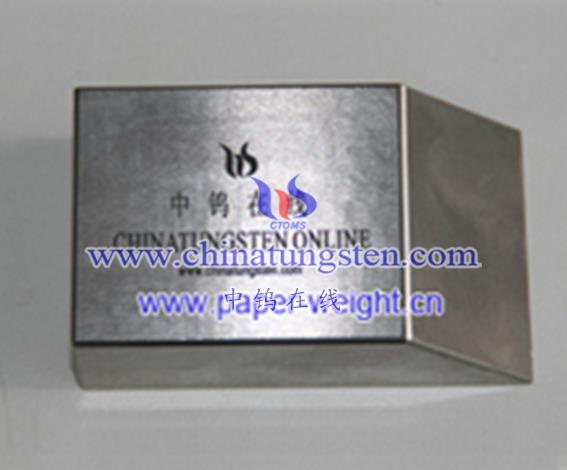
High-Density Tungsten Alloys are a type of material that consists of tungsten (W) as the main component and is usually alloyed with other elements to increase its density and improve mechanical properties. These alloys are widely used in various industrial fields due to their excellent physical and chemical properties. In this article, we will take a closer look at the various products and applications of high-density tungsten alloys, understanding their composition, properties, and uses.
High-density tungsten alloy product categories are mainly classified based on their composition, preparation methods, and end uses. Here are some of the main products and applications of high-density tungsten alloys:
- High-density tungsten alloy material: High-density tungsten alloy usually contains tungsten as the main component, and the rest is alloying elements. The following are several common high-density tungsten alloys:
o Tungsten nickel iron alloy (W-Ni-Fe): usually composed of more than 90% tungsten, 7-10% nickel and 1-3% iron. This alloy has an extremely high density, typically between 17 and 18.5 g/cm3. They are widely used as radiation shielding materials in nuclear energy applications because of their high density and good radiation resistance.
o Tungsten ferroalloy (W-Fe): Composed of tungsten and iron, usually containing 95% or more tungsten and the remainder iron. This alloy has a high density, usually above 17 g/cm3, and has excellent wear resistance, and is often used to make wear-resistant parts such as drill bits and cutting tools.
o Tungsten copper alloy (W-Cu): Usually composed of tungsten and copper, the tungsten content is between 50-90%, and the rest is copper. This alloy has a high density and excellent thermal and electrical conductivity, but is less dense than other high-density tungsten alloys. It is widely used in high-temperature electronic components, semiconductor packaging and heat sink manufacturing.
o Tungsten-iron-nickel alloy (W-Fe-Ni): This alloy contains approximately 80% or more tungsten, with small amounts of iron and nickel. It has high density and wear resistance and is commonly used in industrial applications in high temperature and pressure environments.
o Tungsten-tantalum alloy (W-Ta): composed of tungsten and tantalum, usually containing 90% or more tungsten. This alloy has high density, high temperature resistance and corrosion resistance, and is suitable for high-temperature furnace components and some parts in nuclear reactors.
o Tungsten copper-nickel alloy (W-Cu-Ni): This alloy, which typically includes tungsten, nickel and copper, has high density, thermal and electrical conductivity and is commonly used in high-temperature electronic components and radio frequency (RF) applications.
o Tungsten-Cobalt Alloy (W-Co): Composed of tungsten and cobalt, usually containing 90% or more tungsten and the remainder cobalt. This alloy has high density and excellent wear resistance and is commonly used in cutting tools, drill bits and mining equipment parts.
- Nuclear reactor components: The application of high-density tungsten alloy in the field of nuclear energy is particularly important, mainly because of its excellent radiation resistance. Here are some products related to nuclear reactors:
o Reactor cladding and internal structures: Tungsten-nickel-iron alloys are widely used in the manufacture of cladding and internal structures of nuclear reactors to mitigate radiation and improve safety.
o Fuel rod materials: High-density tungsten alloys can also be used to make fuel rod materials for nuclear reactors, providing heat conduction and radiation resistance.
o Control rods: Tungsten or tungsten alloys can be used to make control rods for nuclear reactors to precisely regulate the reactor’s nuclear reaction rate.
o Radiation shielding materials: Not limited to nuclear energy, high-density tungsten alloys are also used to manufacture radiation shielding materials in medical radiotherapy equipment to protect medical staff and patients from radiation.
- Medical equipment: High-density tungsten alloys play a key role in the manufacturing of medical equipment, including:
o Radiation therapy equipment: Radiation therapy equipment used for cancer treatment often contains high-density tungsten alloys to precisely target and shield the radiation beam.
o Nuclear Magnetic Resonance (NMR) equipment: High-density tungsten alloy is used in the magnetic resonance pipeline of NMR equipment to provide a strong magnetic field.
o CT scanning equipment: X-ray protective materials used in CT scanning equipment also include high-density tungsten alloys.
- Aerospace: In the aerospace field, high-density tungsten alloys are commonly used in the following applications:
o Aero engine components: High-density tungsten alloys are widely used in manufacturing components in aero engines, such as turbine blades, nozzles and air inlets. These parts need to have excellent performance in high temperature and high pressure environments.
o Spacecraft protective materials: In space exploration, high-density tungsten alloy is used for radiation shielding and thermal protection of spacecraft.
- National defense: High-density tungsten alloys also have a variety of applications in the defense field, including:
o Armor-piercing warheads: High-density tungsten alloy is used to make armor-piercing warheads to improve their penetration and destructive power.
o Military equipment parts: Parts used to manufacture military equipment, such as tank shells, artillery shells, and anti-aircraft missiles, often include high-density tungsten alloys to improve their performance.
o Projectiles and Bullets: High-density tungsten alloys are also used in the manufacture of projectiles and bullets to improve their penetration and accuracy.
- Industrial manufacturing: In the field of industrial manufacturing, high-density tungsten alloy is used to manufacture various parts and components to meet the requirements of high strength and wear resistance. These parts include:
o Cutting tools: High-density tungsten alloy is used to make cutting tools, milling cutters and other cutting tools to improve cutting efficiency and wear resistance.
o Drill bits: Used to manufacture efficient and durable drill bits for use in oil and gas extraction, mining and construction engineering.
o High-temperature furnace components: High-density tungsten alloys are widely used in high-temperature furnace components to withstand extreme temperature and pressure conditions.
- Electronic technology: The application of high-density tungsten alloy in the field of electronic technology is also very important, including:
o Semiconductor packaging: High-density tungsten alloys are used in semiconductor packaging to provide thermal and electrical conductivity.
o High-temperature electronic components: used to manufacture high-temperature electronic components, such as high-temperature superconducting materials and high-temperature capacitors.
o Radiofrequency (RF) components: In RF applications, high-density tungsten alloys are used to make coupling elements, waveguides and impedance matches.
In short, high-density tungsten alloy is a type of multifunctional material, and its different compositions and performance characteristics make it widely used in various fields. From nuclear energy to medical equipment, aerospace, defense, industrial manufacturing and electronic technology, high-density tungsten alloys play an important role in various fields, driving the continuous development and innovation of technology. These alloys play a vital role in improving material properties, increasing engineering efficiency and advancing scientific research.
More details of tungsten alloy product, please visit website: http://tungsten-alloy.com/
Please contact CHINATUNGSTEN for inquiry and order of tungsten carbide:
Email: sales@chinatungsten.com
Tel.: 86 592 5129595
